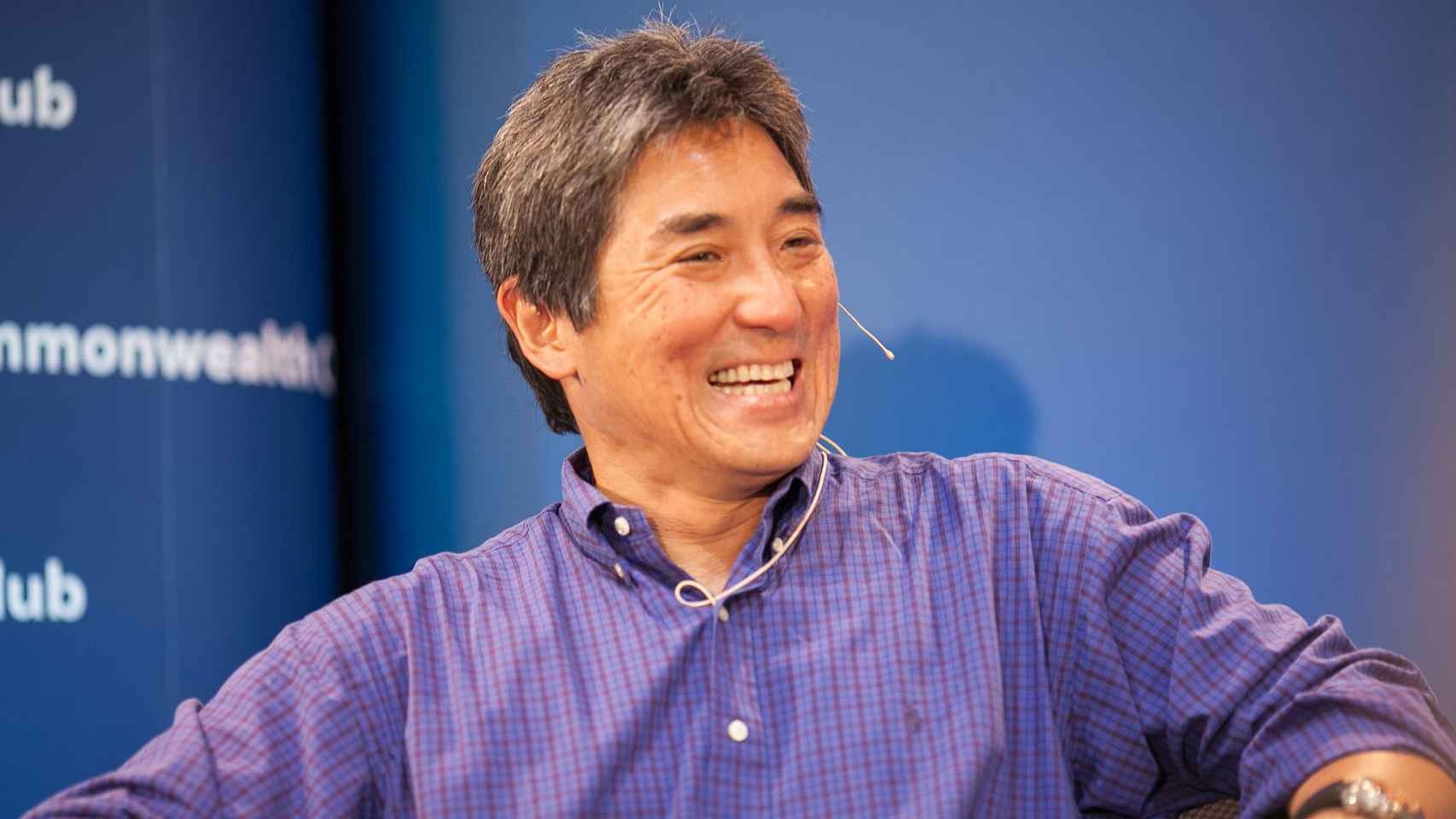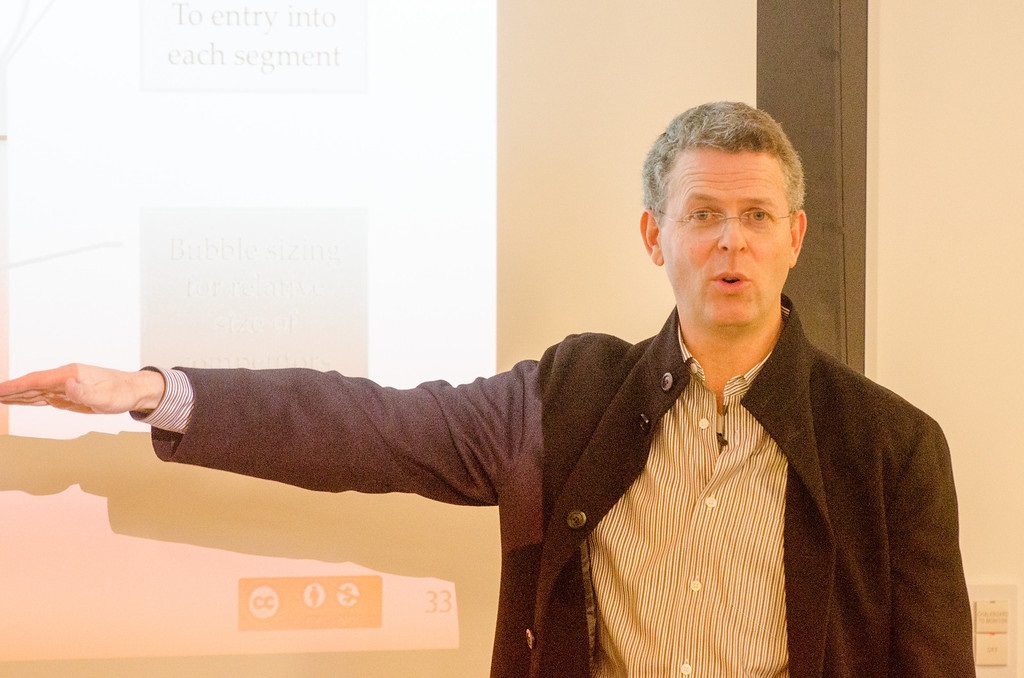In a world constantly chasing the next big thing, innovation stands as the holy grail of business, technology, and design. Guy Kawasaki, at TEDxBerkeley, unfolded the layers of innovation through his personal experiences, wit, and wisdom accumulated over years of working with industry giants like Apple and advising startups. This blog post distills Kawasaki’s insightful speech into a guide that can help anyone understand and implement the art of innovation.
1. Making Meaning Over Money
Innovation, Kawasaki begins, should start with the desire to make meaning, not money. True innovation changes the world, and in doing so, often brings financial success. Companies like Apple, Google, eBay, and YouTube didn’t start with a profit motive. Their goal was to democratize computing, information, commerce, and video creation, respectively. This initial drive to make meaning is the bedrock of genuine innovation.
2. The Power of Mantras
Forget lengthy mission statements; what your innovation needs is a mantra. A mantra, according to Kawasaki, is a two or three-word philosophy that captures the essence of your mission. For Wendy’s, it could be “healthy fast food,” and for Nike, it’s “authentic athletic performance.” These mantras convey a clear vision in just a few words, unlike the vague and forgettable mission statements many companies cling to.
3. Jumping Curves
Innovation isn’t about making marginal improvements but about jumping to the next curve. Kawasaki illustrates this with the evolution of the ice industry, from ice harvesting to ice factories, and finally to the personal refrigerator. Great innovation happens when you redefine your domain, moving from what you do to the benefits you provide, thus jumping to the next curve of possibilities.
4. The DICEE Philosophy
Kawasaki spells out five qualities of great innovation using the acronym DICEE:
- Deep: Great innovations provide a rich experience. For example, a sandal that not only protects your feet but can also open beer bottles.
- Intelligent: An intelligent product solves your problems in ways you hadn’t thought of, like Ford’s MyKey system that allows parents to control the car’s speed when their teenagers are driving.
- Complete: A complete product is more than just the physical item; it includes support, software, and services.
- Empowering: Great products empower users, enhancing their creativity and productivity.
- Elegant: Elegance is seen in the design and interface, where form meets function seamlessly.
5. Don’t Worry, Be Crappy
Innovation requires courage to release imperfect first versions. Kawasaki encourages innovators to “not worry, be crappy.” It’s better to launch a revolutionary product with flaws than to wait endlessly for perfection. This mindset enables rapid learning and iterating, crucial for innovation.
6. Let 100 Flowers Blossom
You can’t always predict how your product will be used, and that’s okay. Kawasaki advises innovators to embrace unexpected uses and users. The success of the Macintosh, for example, came not from its intended use for spreadsheets and databases, but from desktop publishing, a market Apple hadn’t anticipated.
7. Polarize People
Great innovations often polarize; they create strong reactions. Kawasaki uses TiVo as an example: adored by users for its time-shifting capability but loathed by advertisers. Being afraid to polarize is being afraid to innovate.
8. Churn, Baby, Churn
After launch, the work isn’t over. Innovators must churn, iterating on their product based on user feedback. This process of continual improvement is essential for staying relevant and pushing the boundaries of what’s possible.
9. Niche Thyself
The key to successful innovation is finding a unique value proposition. Kawasaki presents a simple matrix: innovations should aim to be unique and valuable. Occupying this niche differentiates your offering from the competition and avoids the pitfalls of being either irrelevant or commoditized.
10. Perfect Your Pitch
Finally, Kawasaki underscores the importance of perfecting your pitch. Innovators must be able to communicate their vision compellingly. He suggests customizing your introduction to the audience, adhering to the 10/20/30 rule for presentations (10 slides, 20 minutes, 30-point font), and always preparing for the technological mishaps that often accompany public speaking.
Conclusion: Defying the Bozos
In closing, Kawasaki cautions against letting naysayers—or “bozos,” as he calls them—discourage you. Every innovator faces criticism, but true innovation requires perseverance and a belief in your vision, even in the face of skepticism.
Guy Kawasaki’s art of innovation is not just a methodology but a mindset. It’s about making meaning, embracing imperfections, and continually striving for excellence. Whether you’re a budding entrepreneur, a designer, or anyone looking to make a dent in the universe, Kawasaki’s lessons offer a timeless guide to thinking differently and innovatively.



